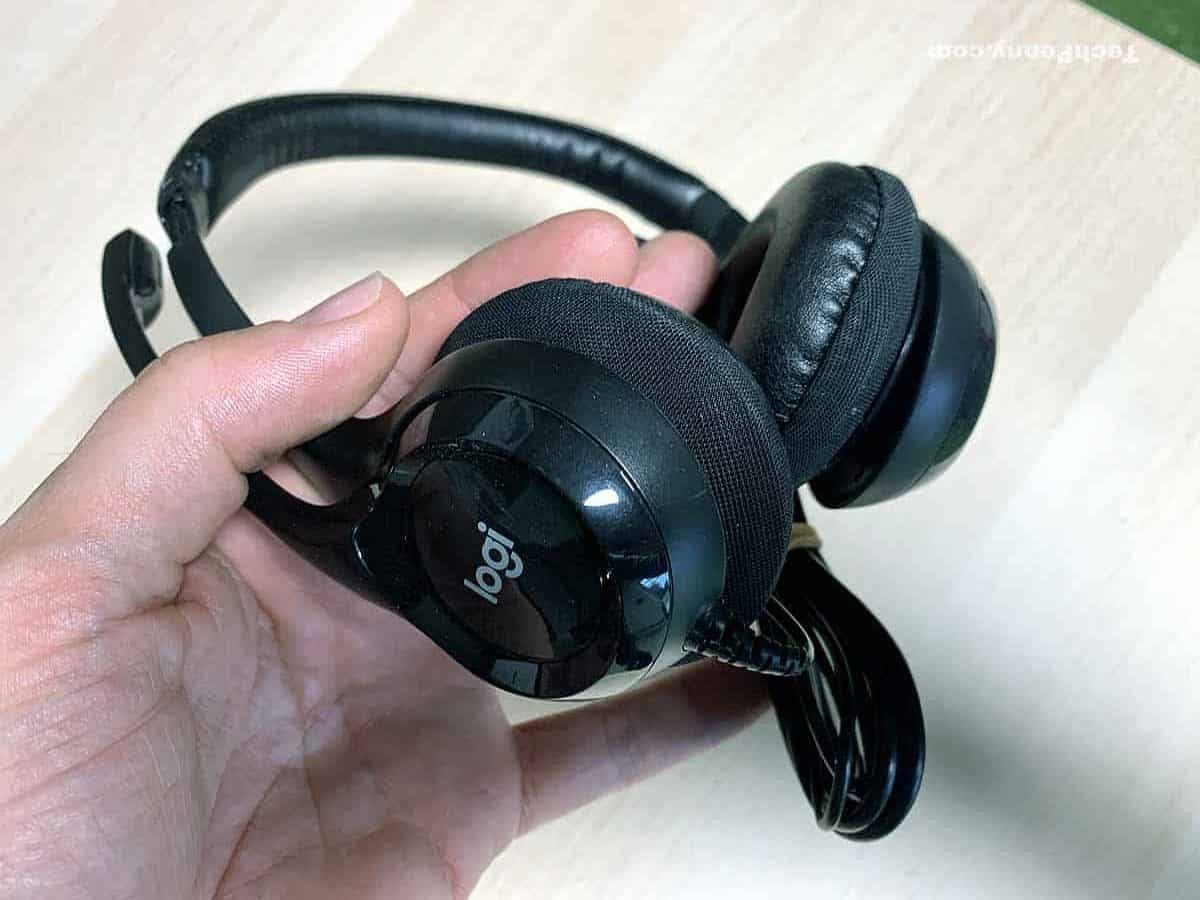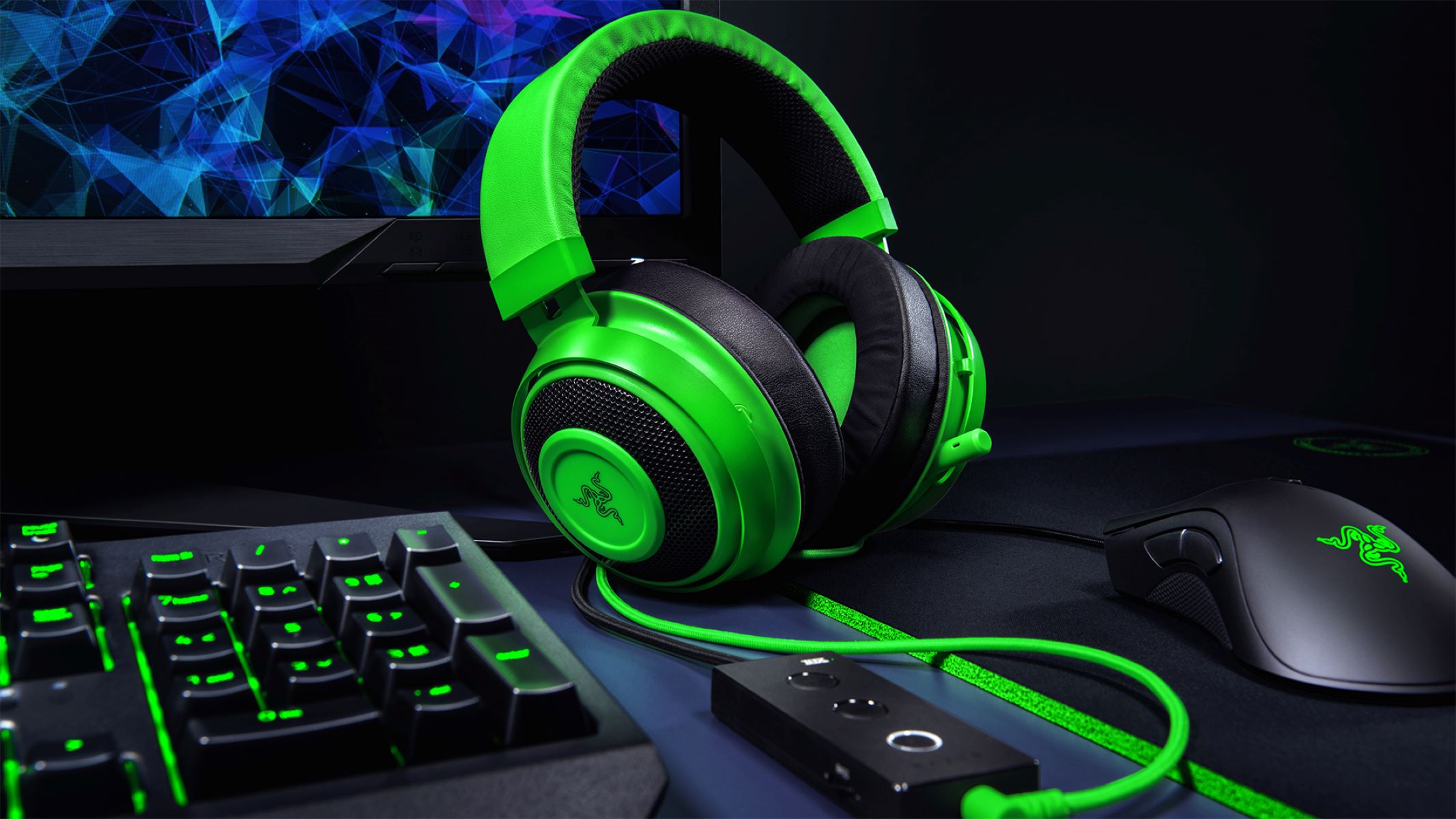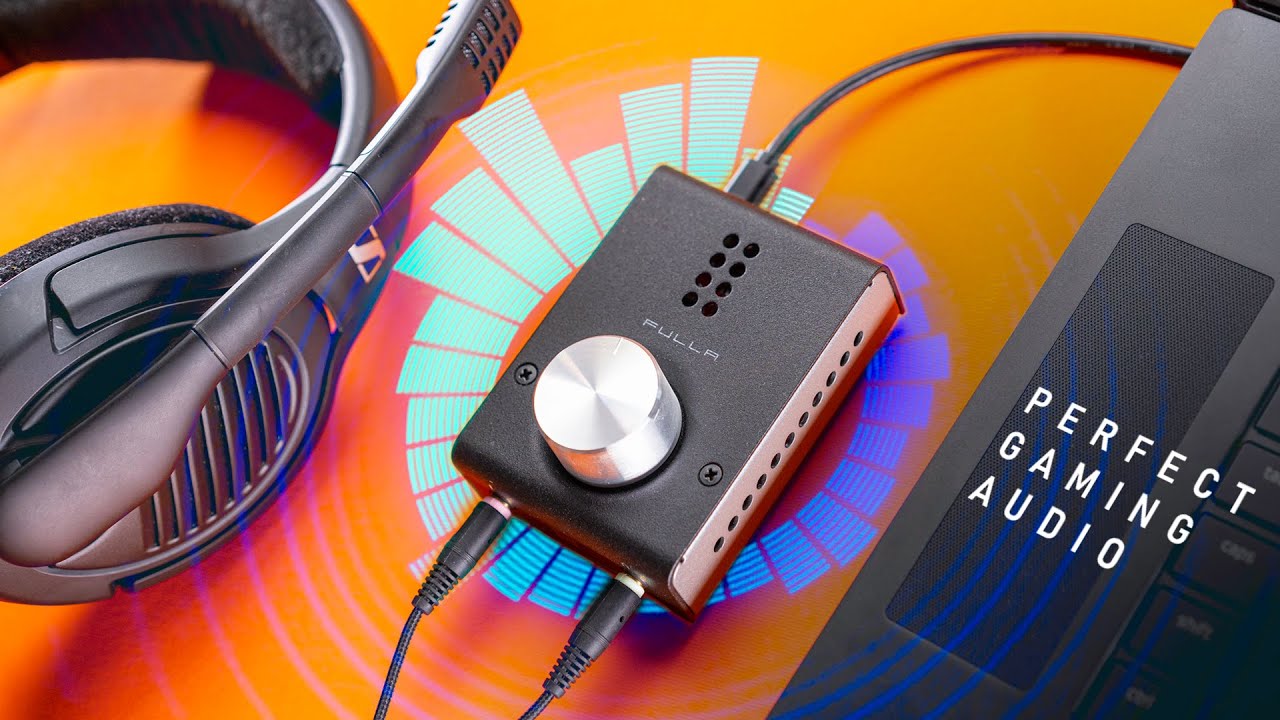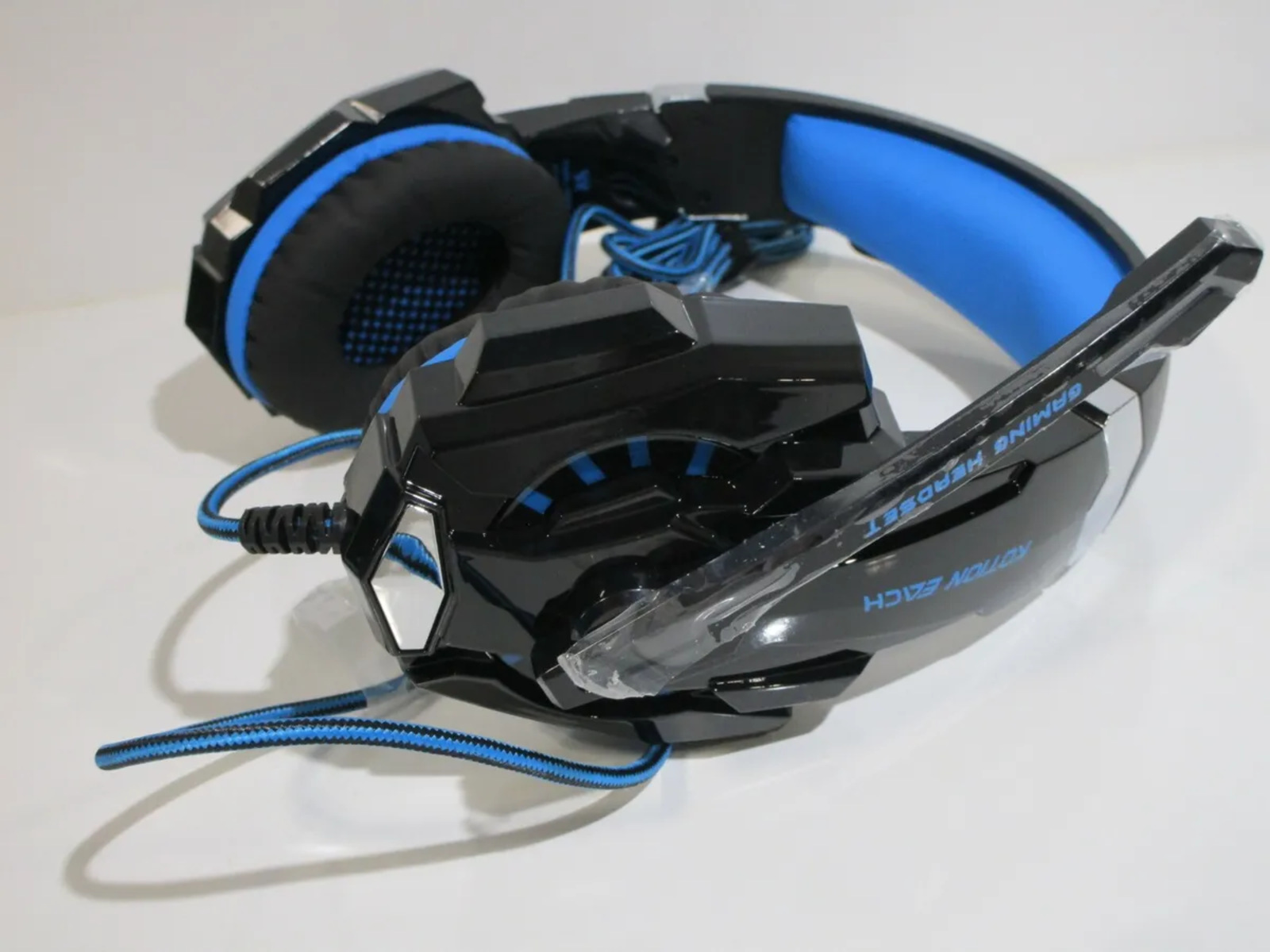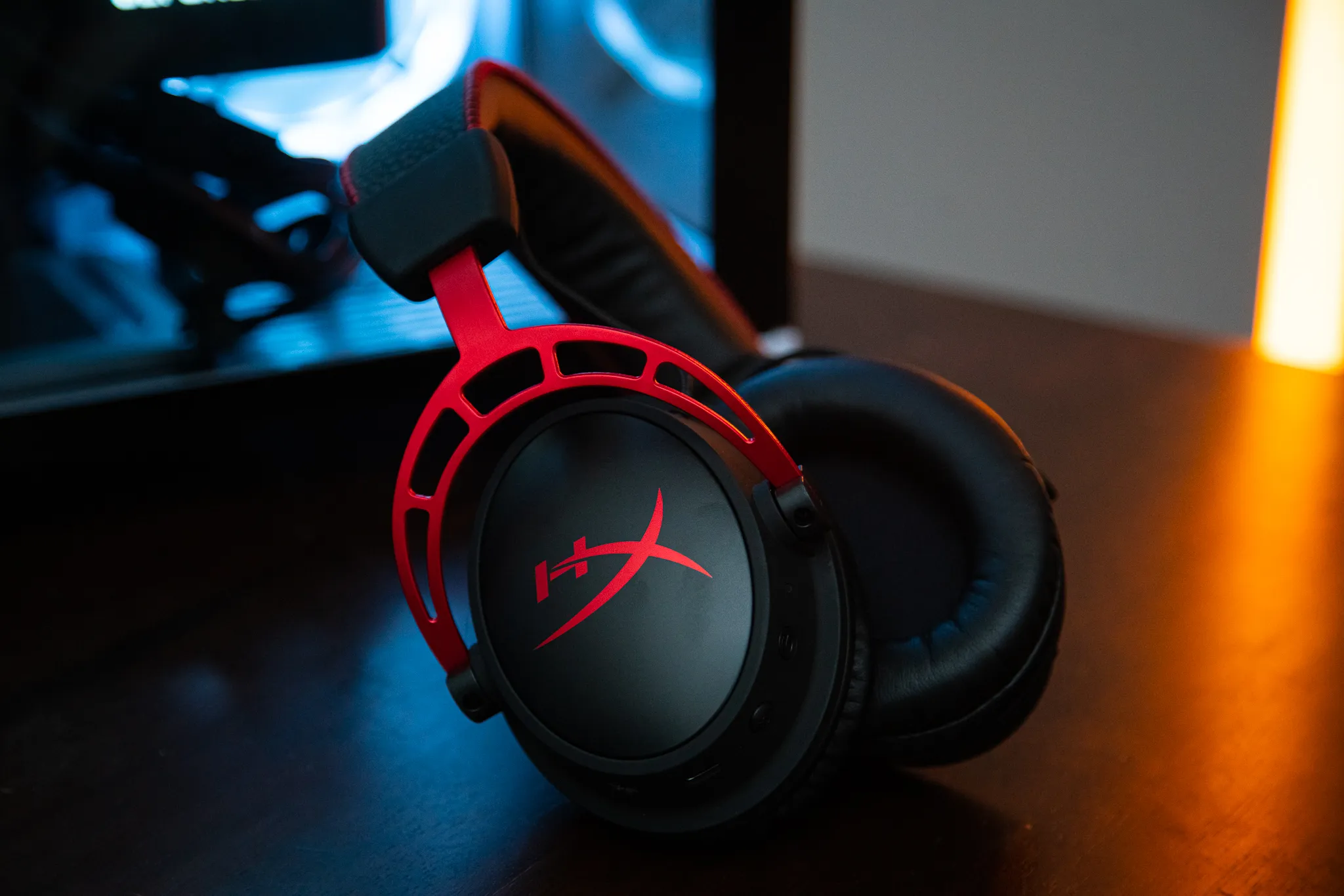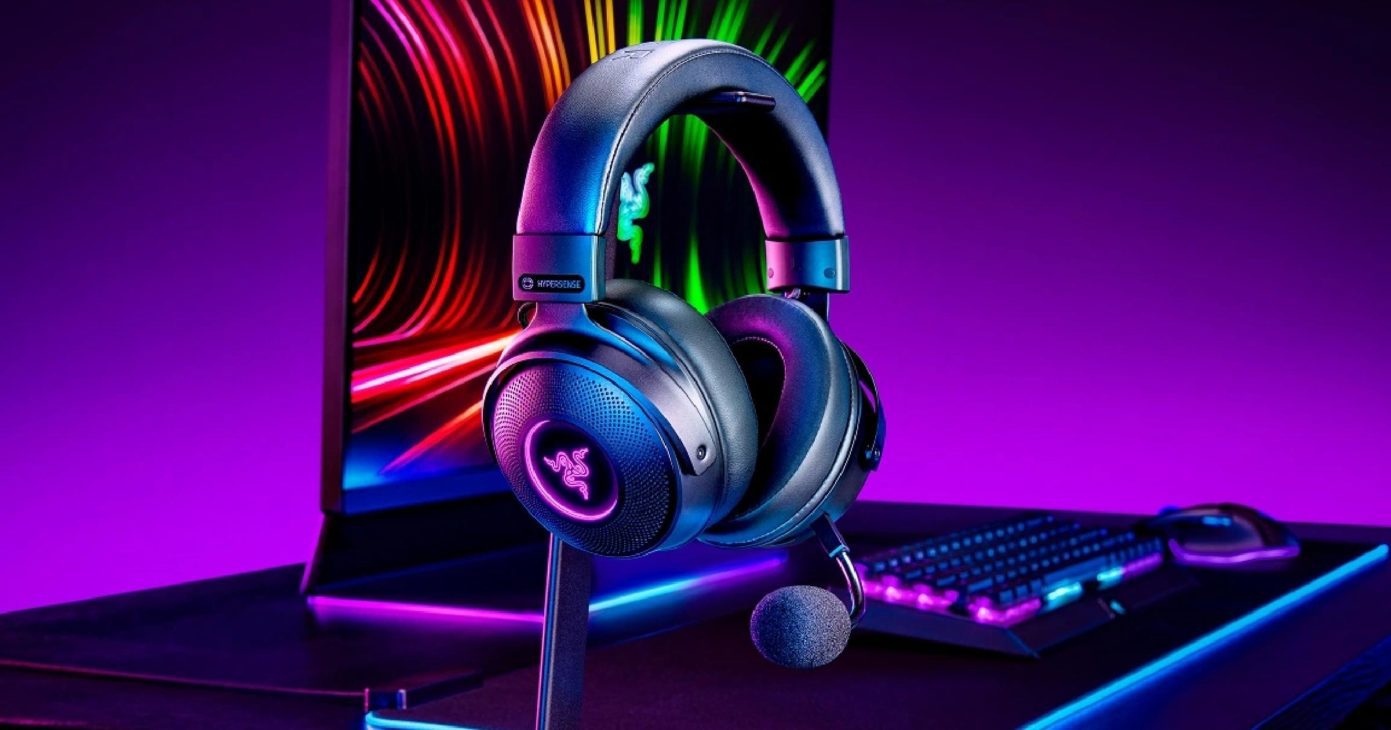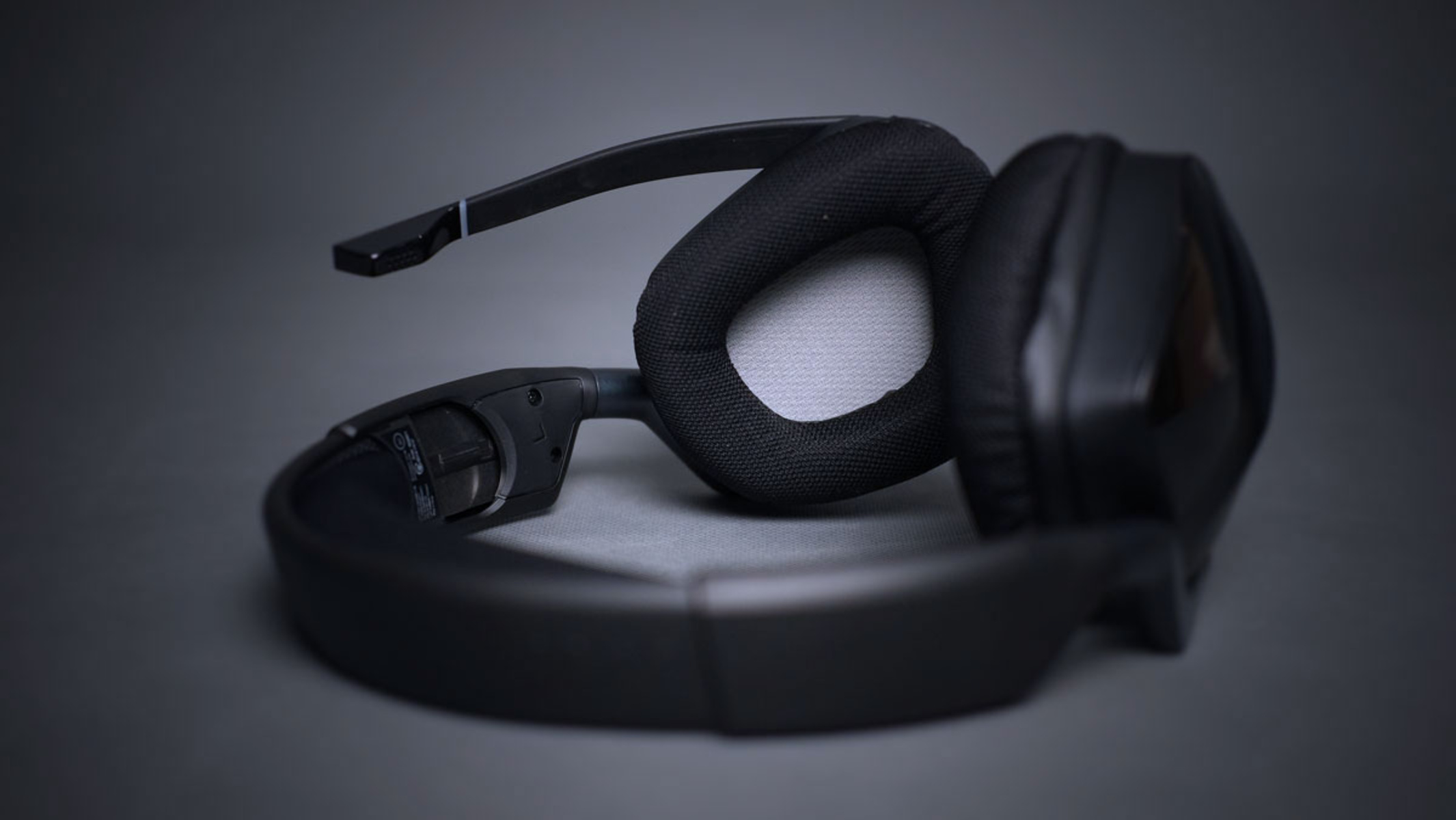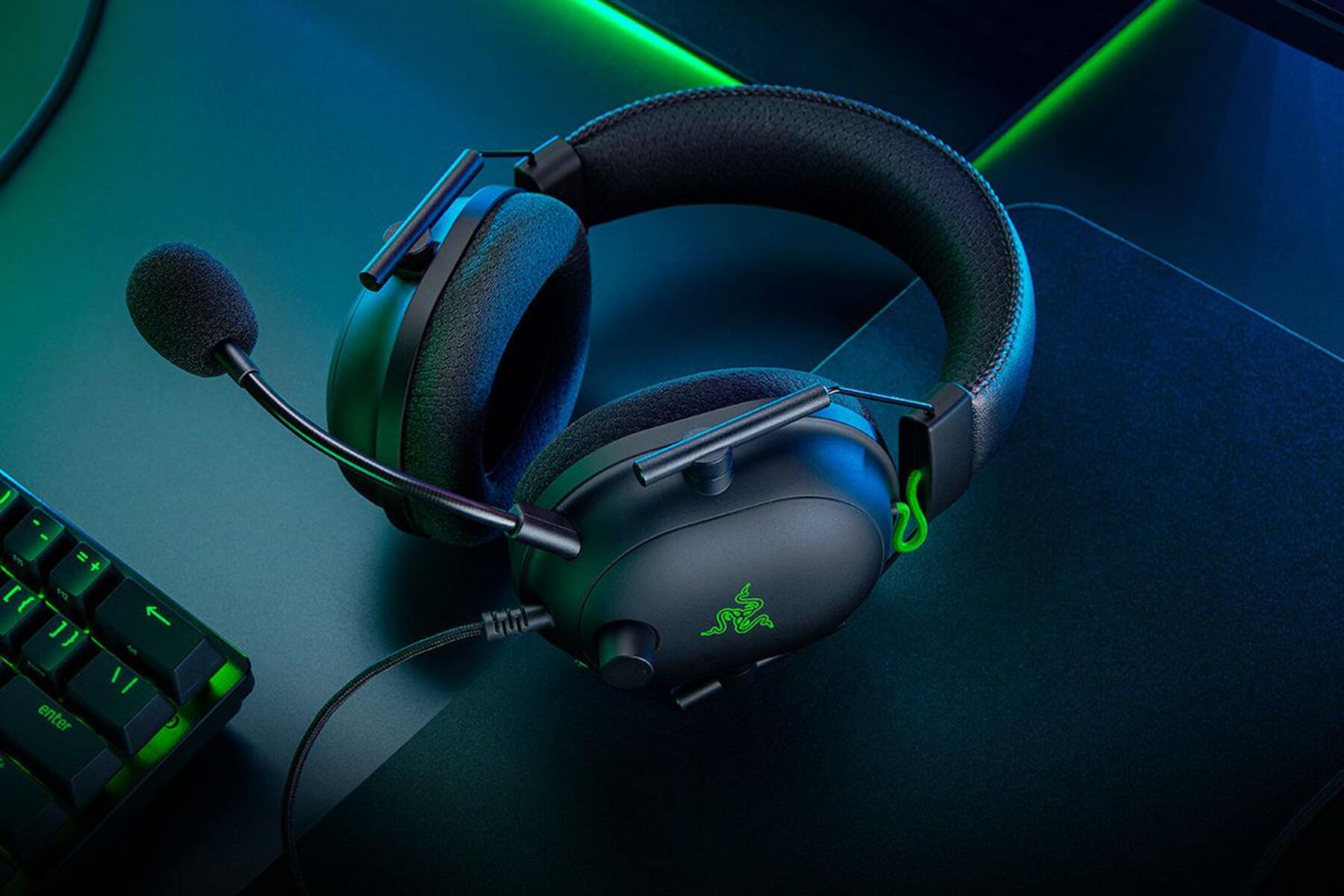Introduction
When it comes to immersing yourself in the digital realm, audio plays a pivotal role in enhancing your overall experience. Whether you're engrossed in a high-octane gaming session, attending a virtual meeting, or simply enjoying your favorite tunes, having a reliable audio setup is paramount. In this guide, we will walk you through the seamless process of configuring your USB headset, ensuring that you can dive into your digital endeavors with crystal-clear sound in a matter of minutes.
A USB headset offers unparalleled convenience, eliminating the need for complex wiring and external power sources. With a simple plug-and-play mechanism, you can elevate your audio experience without grappling with intricate setup procedures. By following the steps outlined in this guide, you'll harness the full potential of your USB headset, unlocking its capabilities with ease.
Whether you're a seasoned tech enthusiast or a novice user, this guide is designed to cater to your needs, providing clear and concise instructions to streamline the setup process. By the end of this walkthrough, you'll be equipped with the knowledge to configure your USB headset seamlessly, empowering you to embark on your digital escapades with unparalleled audio quality.
So, without further ado, let's embark on this journey to optimize your audio setup, ensuring that your USB headset becomes an indispensable companion in your digital endeavors. Let's dive in and transform your audio experience in just a few simple steps.
Step 1: Plug in Your USB Headset
The initial step in configuring your USB headset is to plug it into your computer or laptop. This straightforward process sets the foundation for seamless audio integration, enabling you to harness the full potential of your headset without any technical hiccups.
-
Locate an available USB port on your computer or laptop. These ports are typically found on the front, back, or sides of the device, and are easily identifiable by their rectangular shape and the USB symbol.
-
Carefully insert the USB connector of your headset into the USB port. Ensure that the connection is secure to avoid any interruptions in audio transmission.
-
Upon plugging in your USB headset, your computer may automatically detect the new device and initiate the installation process. This may involve the installation of necessary drivers and software to enable seamless communication between your headset and the computer.
-
In some cases, your USB headset may come with specific instructions regarding the installation of drivers or software. It's crucial to follow these guidelines to ensure optimal functionality and compatibility.
By following these simple steps, you have successfully connected your USB headset to your computer, laying the groundwork for the subsequent configuration steps. This hassle-free process sets the stage for a streamlined audio setup, allowing you to delve into your digital activities with enhanced audio clarity and precision.
With your USB headset securely plugged in, you're now ready to proceed to the next step, where we will delve into setting your USB headset as the default audio device on your computer. This pivotal step further optimizes your audio setup, ensuring that your USB headset becomes the primary source of audio output, delivering an immersive and uninterrupted listening experience.
Stay tuned as we embark on the next phase of configuring your USB headset, empowering you to harness the full potential of this versatile audio accessory.
Step 2: Set Your USB Headset as the Default Audio Device
Setting your USB headset as the default audio device on your computer is a crucial step in ensuring that all audio output is seamlessly channeled through your headset, providing you with an immersive and uninterrupted listening experience. By designating your USB headset as the primary audio device, you can enjoy crystal-clear sound without any interference from other audio sources. Here's how you can accomplish this essential configuration step:
For Windows Users:
-
Access Sound Settings: Click on the Windows Start button and type "Sound Settings" in the search bar. Select "Sound Settings" from the search results to open the Sound control panel.
-
Choose Your USB Headset: Under the "Output" section, locate the list of available audio output devices. Select your USB headset from the list to set it as the default audio device.
-
Adjust Sound Preferences: Once your USB headset is selected as the default audio device, you can further customize sound preferences such as volume levels and spatial audio settings to suit your preferences.
For Mac Users:
-
Navigate to System Preferences: Click on the Apple menu and select "System Preferences" from the dropdown menu.
-
Select Sound Preferences: Within the System Preferences window, click on the "Sound" icon to access the sound settings.
-
Choose Your USB Headset: In the "Output" tab, you will find a list of available audio output devices. Select your USB headset from the list to designate it as the default audio device for your Mac.
-
Fine-Tune Audio Settings: After setting your USB headset as the default audio device, you can fine-tune additional audio settings such as input and output volume, as well as balance adjustments to optimize your listening experience.
By following these platform-specific instructions, you can seamlessly configure your USB headset as the default audio device on your computer, ensuring that all audio output is channeled through your headset. This fundamental step paves the way for an enhanced audio experience, allowing you to fully immerse yourself in your digital activities with unparalleled sound quality.
With your USB headset now established as the primary audio device, you're ready to delve into the next phase of the setup process, where we will explore how to adjust audio settings to further optimize your listening experience. Let's continue to fine-tune your audio setup, ensuring that every sound is delivered with precision and clarity.
Step 3: Adjust Audio Settings
Fine-tuning the audio settings of your USB headset is a pivotal step in customizing your listening experience to suit your preferences. By delving into the audio settings, you can optimize various parameters such as volume levels, equalization, and spatial audio enhancements, ensuring that every sound is delivered with precision and clarity. Here's a comprehensive guide on adjusting the audio settings for your USB headset:
Volume Control:
Adjusting the volume levels of your USB headset allows you to find the optimal balance that suits your listening preferences. Whether you prefer immersive, high-volume audio for gaming or a balanced, moderate volume for video calls, fine-tuning the volume control ensures that you can enjoy an audio experience tailored to your liking.
Equalization (EQ) Settings:
Many USB headsets offer built-in equalization settings, allowing you to adjust the audio frequencies to enhance specific aspects of the sound. Whether you seek deeper bass for music playback, clearer dialogue for video conferencing, or heightened spatial awareness for gaming, exploring the EQ settings empowers you to customize the audio output to align with your preferences.
Spatial Audio Enhancements:
Certain USB headsets feature spatial audio enhancements that simulate surround sound, creating an immersive audio environment. By exploring spatial audio settings, you can elevate your gaming, movie-watching, and music-listening experiences, adding depth and dimension to the soundstage.
Microphone Configuration (If Applicable):
If your USB headset incorporates a microphone, it's essential to configure the microphone settings to ensure optimal voice capture and clarity. Adjusting parameters such as input volume, noise cancellation, and microphone monitoring enables you to optimize the microphone performance for voice calls, online meetings, and gaming communication.
Software Customization (If Applicable):
Some USB headsets come with dedicated software that offers advanced customization options. These may include advanced EQ presets, microphone tuning, and immersive audio effects. Exploring the accompanying software allows you to unlock additional features and tailor the audio settings to your specific requirements.
By delving into these audio settings, you can unleash the full potential of your USB headset, crafting a personalized audio experience that aligns with your preferences. Whether you're seeking heightened immersion in gaming, pristine audio clarity in video calls, or an enriched music-listening journey, adjusting the audio settings empowers you to tailor the sound output to suit your unique audio aspirations.
With your USB headset's audio settings finely tuned, you're now poised to embark on a seamless and immersive audio journey, leveraging the optimized configurations to elevate your digital experiences. Let's proceed to the final step, where we will conduct a comprehensive test of your USB headset to ensure that all configurations are functioning as intended.
Step 4: Test Your USB Headset
After completing the setup and configuration of your USB headset, it's crucial to conduct a comprehensive test to ensure that all audio and microphone functionalities are functioning as intended. This testing phase allows you to verify the seamless integration of your USB headset with your computer, ensuring that you can embark on your digital activities with confidence, knowing that your audio setup is optimized for peak performance.
Audio Playback Test:
To initiate the testing process, play a piece of audio content, such as music, a video, or a gaming segment, to gauge the audio output of your USB headset. Listen attentively to assess the clarity, volume levels, and spatial characteristics of the sound. Verify that the audio is being channeled exclusively through your USB headset, confirming that the default audio device settings are functioning as intended.
Microphone Test (If Applicable):
If your USB headset features a built-in microphone, conduct a microphone test to ensure that voice capture and transmission are operating seamlessly. Record a short audio clip or engage in a voice call to confirm that the microphone is accurately capturing your voice without distortion or interference. Additionally, verify that the microphone input is exclusively routed through your USB headset, reaffirming the default audio device configurations.
Spatial Audio Verification:
For users of USB headsets equipped with spatial audio enhancements, engage in content that leverages spatial sound, such as a video with surround sound effects or a spatial audio demonstration. Assess the spatial characteristics of the audio, ensuring that the simulated surround sound or spatial cues are accurately reproduced, heightening the immersive qualities of your audio experience.
Software Integration Check (If Applicable):
If your USB headset is accompanied by dedicated software for audio customization, explore the software interface to verify that the configured audio settings and enhancements are seamlessly integrated with your headset. Confirm that any custom EQ presets, microphone adjustments, and spatial audio effects are being applied effectively, enhancing your overall audio experience.
By meticulously conducting these tests, you can ascertain the seamless functionality of your USB headset, validating that the setup and configurations have been executed successfully. Any discrepancies or issues identified during the testing phase can be addressed promptly, ensuring that you can fully leverage the capabilities of your USB headset for an unparalleled audio journey.
With the comprehensive testing phase concluded, you're now equipped with a meticulously configured USB headset, primed to elevate your digital experiences with immersive audio quality and seamless communication capabilities. Embrace the optimized audio setup, and embark on your digital pursuits with the assurance of crystal-clear sound and uncompromised performance.
Conclusion
In conclusion, the process of configuring your USB headset has equipped you with a powerful audio companion that seamlessly integrates with your digital activities. By following the steps outlined in this guide, you have transformed your audio setup in a matter of minutes, harnessing the full potential of your USB headset with precision and ease.
With your USB headset securely plugged in, set as the default audio device, and fine-tuned to align with your preferences, you are now poised to embark on a seamless audio journey across various digital realms. Whether you're delving into immersive gaming experiences, engaging in virtual meetings with crystal-clear communication, or immersing yourself in your favorite music, your USB headset stands as a reliable ally, delivering unparalleled audio quality.
The meticulous attention to detail in adjusting audio settings, conducting comprehensive tests, and ensuring seamless integration has culminated in an audio setup that empowers you to fully immerse yourself in every digital endeavor. The optimized volume levels, tailored EQ settings, spatial audio enhancements, and microphone configurations, if applicable, ensure that every sound is delivered with precision and clarity, enriching your overall audio experience.
As you venture forth with your newly configured USB headset, remember that the journey doesn't end here. Embrace the versatility of your USB headset, explore its capabilities, and continue to fine-tune the audio settings to align with evolving preferences and digital pursuits. Whether it's discovering new EQ presets, experimenting with spatial audio effects, or maximizing the microphone performance for enhanced communication, your USB headset offers a realm of possibilities to elevate your audio journey.
In the ever-expanding digital landscape, where immersive audio experiences are integral to seamless connectivity and entertainment, your USB headset serves as a reliable gateway to unparalleled sound quality and communication clarity. Embrace the power of your meticulously configured USB headset, and let it accompany you through every digital escapade, enriching your experiences with a symphony of pristine audio.
With your audio setup optimized and your USB headset poised for action, you're now equipped to venture into the digital realm with confidence, knowing that every sound will be delivered with precision and every communication will be crystal-clear. Embrace the immersive potential of your USB headset, and let it become an indispensable companion in your digital endeavors, elevating every moment with the magic of pristine audio.







